Are you an outdoor enthusiast who loves hiking, climbing, or backpacking? If so, you know that unpredictable weather can quickly turn a fun adventure into a miserable experience. That’s why having a reliable waterproof jacket is essential for any outdoor activity.
With so many options on the market, it can be overwhelming to choose the right jacket for your needs. That’s why I’m excited to share some tips with you today on how to choose the best waterproof jacket.
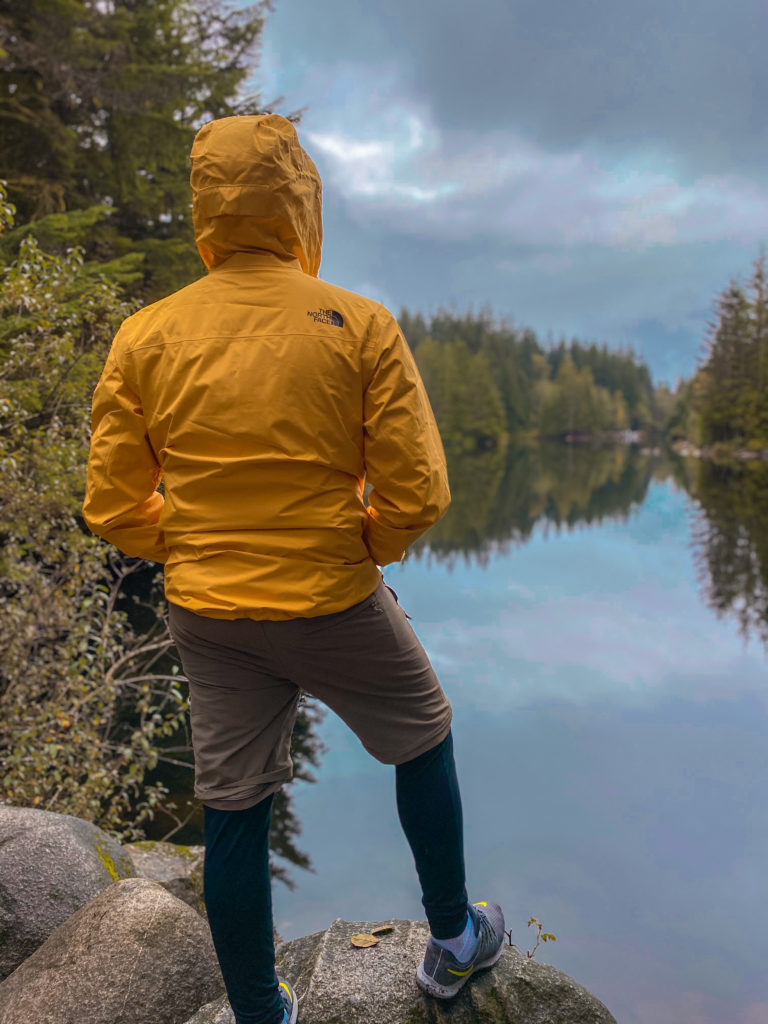
Waterproof vs. Water-Resistant Jackets
Before we dive into the details, let’s start with the basics. There are two types of jackets to consider: waterproof and water-resistant.
Waterproof Jacket
A waterproof jacket is made from materials that are completely impermeable to water. This means that no water can penetrate the fabric, keeping you dry in even the most extreme weather conditions. However, it’s important to note that not all waterproof jackets are created equal. The degree of waterproofness can vary between different jackets, and it’s crucial to pay attention to the technical specifications before making a purchase. Be sure to carefully read the label to ensure that the level of waterproofing is suitable for your needs.
Gore-Tex is a well-known fabric technology used in waterproof jackets, offering both waterproofing and breathability. More recently, The North Face launched its own fabric technology called FUTURELIGHT, which offers even greater waterproofing and breathability characteristics. By understanding the importance of waterproof jackets and the varying levels of waterproofness, you can make an informed decision and choose the best option for your outdoor adventures.
Water-resistant Jacket
On the other hand, a water-resistant jacket is made from materials that repel water to a certain degree but are not completely impermeable and is treated with a DWR (Durable Water Repellent) finish.
This treatment helps to prevent water absorption by the fabric fibers during light rain, allowing the jacket to resist water for a certain period of time, depending on the intensity of the rain. While water-resistant jackets may not offer the same level of protection as waterproof jackets, they are still a great option for activities that involve light rain or drizzle. It’s important to note that over time, the DWR finish may wear off and the jacket may become less water-resistant, but this can be remedied by reapplying the DWR treatment. By understanding the benefits of water-resistant jackets and their limitations, you can make an informed decision and choose the best option for your outdoor adventures.
What is gore-tex?

Image by GORE-TEX
Gore-Tex is a fabric technology that revolutionized the outdoor industry. It was the first material to combine breathability and waterproofness, making it an essential component of many outdoor gear products. The fabric is composed of an expanded Teflon membrane that has thousands of micropores, which are hundreds of times larger than water vapor but thousands of times smaller than water droplets. This unique structure ensures that external water cannot penetrate the fabric, making it completely waterproof while also allowing internal sweat to escape, resulting in a breathable material.
Likewise, Gore-Tex has an impressive degree of impermeability, averaging 28,000mm, which is higher than most other fabric technologies that range from 10,000mm to 15,000mm. Many brands have adopted this technology in their jackets, shoes, and backpacks, making them reliable and durable options for outdoor enthusiasts.
What is Futurelight?

The North Face has recently introduced FUTURELIGHT, a revolutionary waterproof fabric technology that experts believe will make Gore-Tex obsolete.
This innovative material is not only soft, light, and comfortable, but it’s also durable and designed with sustainable development principles in mind. FUTURELIGHT was developed using a nanotechnology process called nanospinning. Through this process, a polyurethane solution is transformed into fibers and membranes with hundreds of thousands of nanoscale holes, providing unprecedented breathability while maintaining full water resistance. This allows air to flow freely, providing more ventilation than any other outdoor garment ever created.
The North Face has also set a new standard in the outdoor equipment industry with their sustainable production process, using 90% recycled materials for the outer layers of their three-layer clothing. I recently purchased a FUTURELIGHT jacket from The North Face Canada, and I can attest to its super lightness and similar waterproofing characteristics to Gore-Tex. It’s exciting to see the outdoor industry embracing new and innovative technologies that are also environmentally conscious.
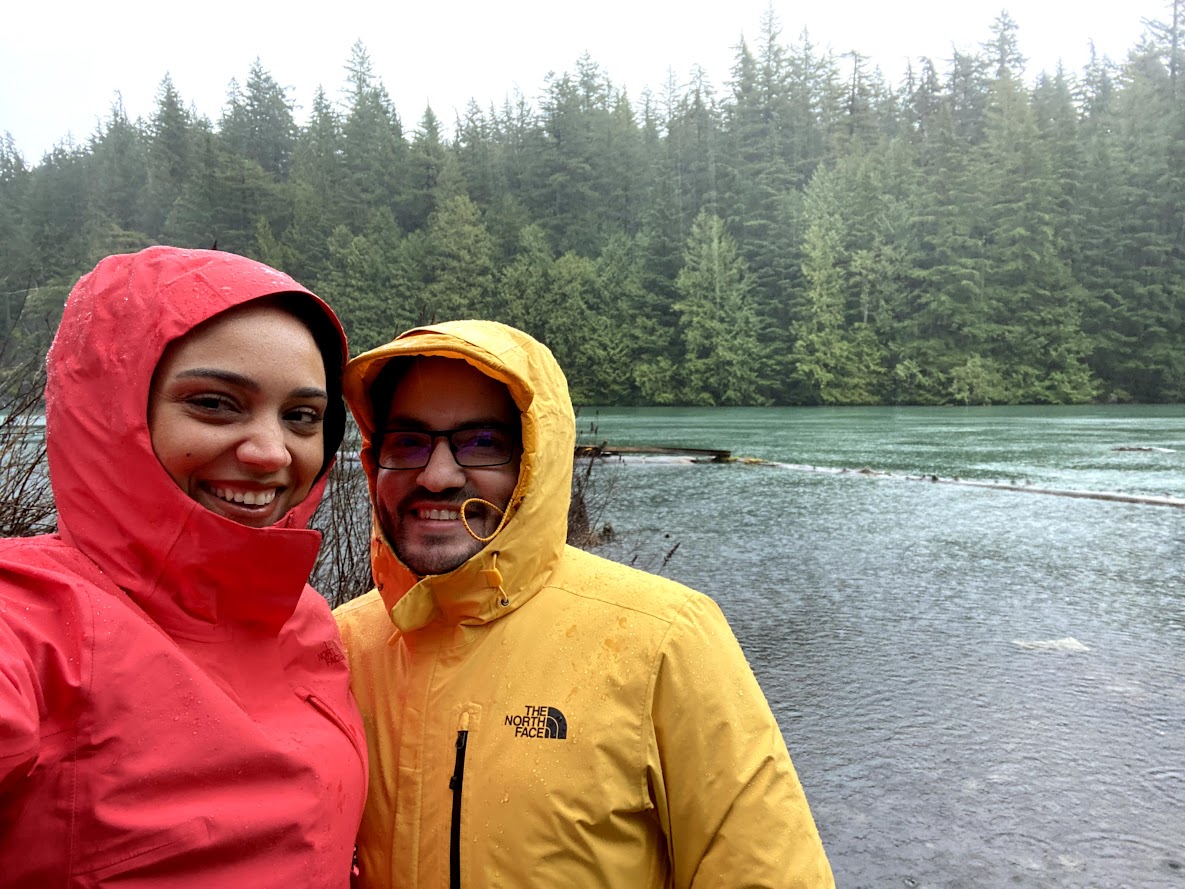
Waterproof Rating
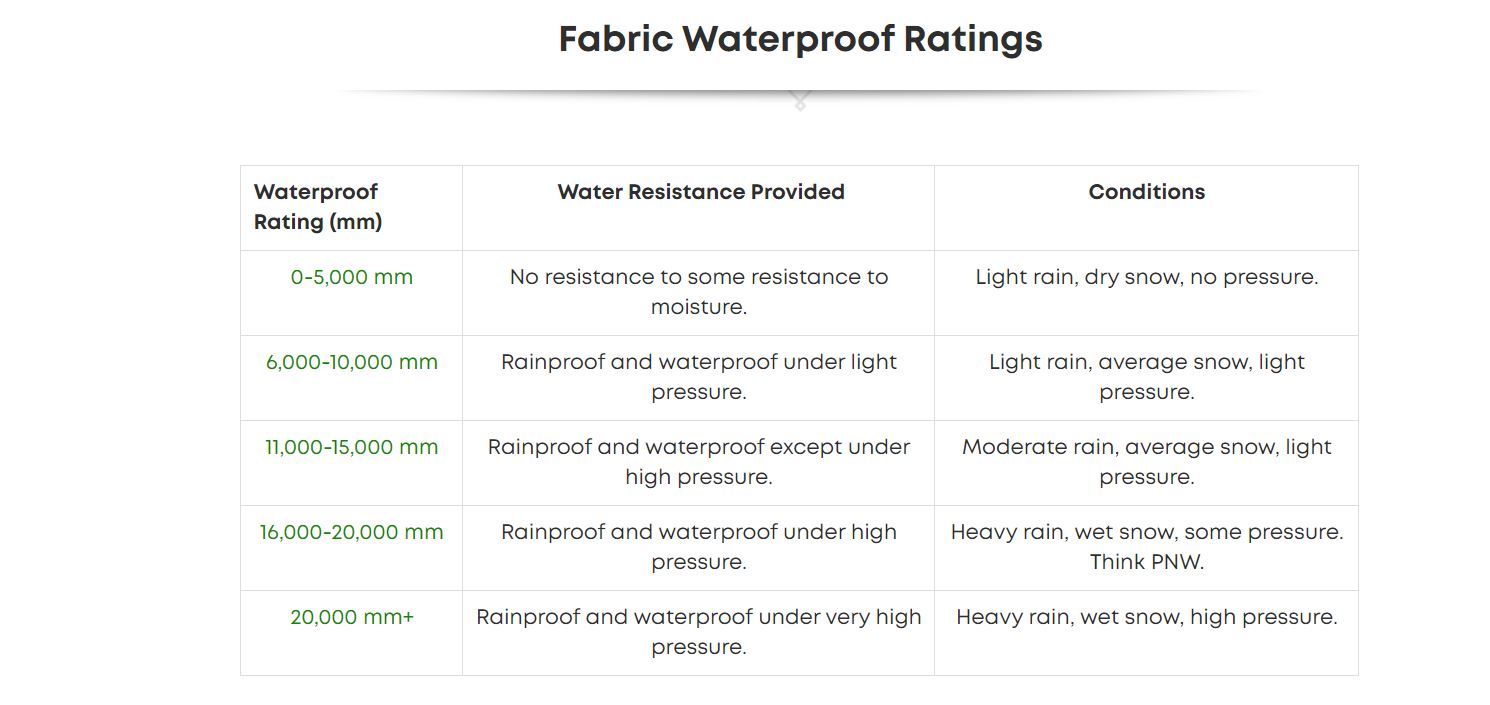
Source EVO.com
The degree of waterproofness is a crucial factor to consider when choosing a waterproof jacket. As previously mentioned, not all waterproof jackets offer the same level of protection from rain, and this is dependent on the degree of waterproofness that each jacket provides. The difference lies in the technology, fabric, and materials used by manufacturers in the production of their jackets.
To determine the waterproofness of a jacket, manufacturers often describe waterproof and breathability ratings on their labels, with higher ratings indicating greater waterproofness and breathability. If you’re planning to face heavy rain and snow, it’s recommended that you purchase a jacket with a waterproof rating of 20,000mm or more. By paying attention to the degree of waterproofness, you can ensure that you’re choosing a jacket that will provide the necessary protection for your outdoor activities, keeping you dry and comfortable in even the most extreme weather conditions.
Why High Visibility Rain Jackets are a Must-Have?

Choosing the color of your waterproof jacket is a personal preference, but if you’re an outdoor enthusiast, it’s recommended that you opt for vibrant colors such as yellow, orange, and red. These colors can be essential in emergencies, as they help rescue teams locate and identify you quickly.
Leave neutral and basic colors, such as black, blue, and white, for walking jackets, as they can camouflage you in nature and make it difficult for rescue teams to find you. Remember, safety should always be your top priority when engaging in outdoor activities.
In conclusion, a good waterproof jacket is essential for any outdoor enthusiast who wants to stay dry and comfortable during their adventures. By understanding the differences between waterproof and water-resistant jackets, the importance of choosing the right degree of waterproofness, and the benefits of technologies such as Gore-Tex and FUTURELIGHT, you can make an informed decision and choose the best option for your needs. Remember to prioritize safety by opting for high-visibility colors, and always make sure to read the label carefully when purchasing a waterproof jacket.
We hope our tips have been helpful, and we look forward to hearing about your experiences with waterproof jackets in the comments below!


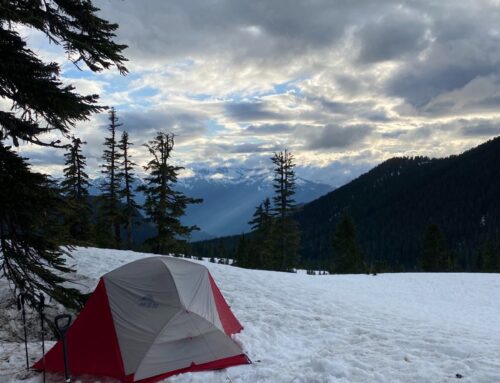
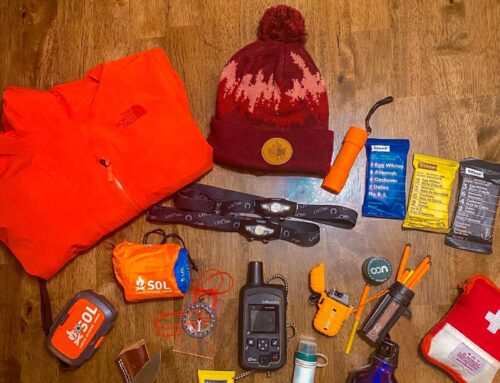
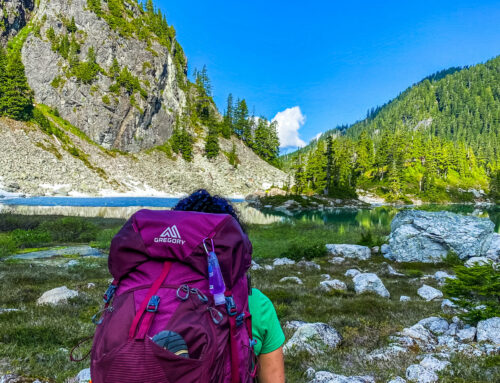
Leave A Comment